Genetically predisposed hair loss is a common concern affecting millions of men and women in Murray, Utah, and beyond. Whether it’s male-pattern baldness or female-pattern hair loss, thinning hair can significantly affect one’s appearance, leading to a loss of self-esteem and confidence. At Barr Aesthetics, we understand the emotional toll of hair loss and are dedicated to providing effective, personalized solutions to help you achieve a fuller, more youthful hairline.
While we continue to learn more about the complexities of hair loss, significant advancements in treatment methods are available today to improve the hairline and restore density for both men and women.
Schedule a Consultation
For a consultation or to schedule an appointment, call or fill out the form. During your consultation, we will listen to your goals and spend time educating you about your treatment options and develop a customized treatment plan.
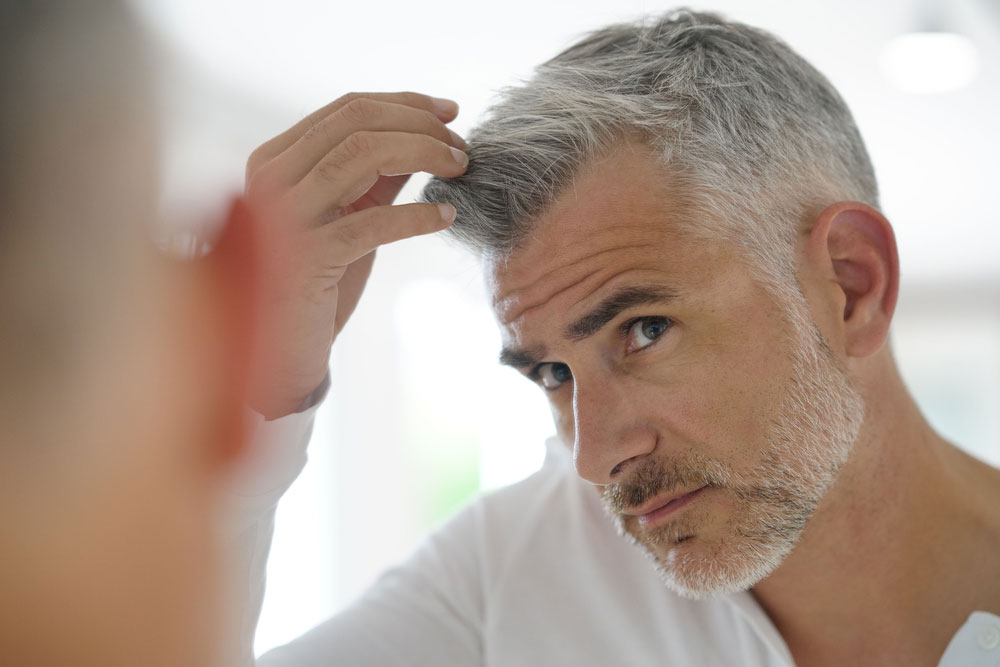
Understanding Male Hair Loss: Androgenic Alopecia
Male-pattern baldness, clinically known as androgenic alopecia, is the most prevalent form of hair loss in men and becomes increasingly common with age. This condition can manifest as early as adolescence, with at least half of men experiencing noticeable hair loss by age 50. The rate of progression is variable but typically continuous. The ultimate extent of hair loss can often be estimated by examining family history and is commonly classified using the Norwood staging system.
Key factors contributing to male-pattern baldness include:
- Genetics: Your family history is a primary indicator of your predisposition to hair loss. Androgenic alopecia is considered polygenic, meaning it can be inherited from either your mother’s or father’s side of the family.
- DHT (Dihydrotestosterone): Testosterone is converted into DHT by an enzyme called 5-alpha reductase. Hair follicles overly sensitive to DHT experience a progressively shorter growth phase and a decrease in dermal papilla volume. This leads to miniaturization, resulting in progressively shorter, finer, and eventually absent hair shafts.
- Other Contributing Factors: While androgenic alopecia is the most common, other factors can cause different types of hair loss in men, some of which may be treatable. These include:
- Autoimmune diseases
- Infections
- Scarring conditions
- Environmental influences
- Underlying illnesses
- Certain medications
Gallery
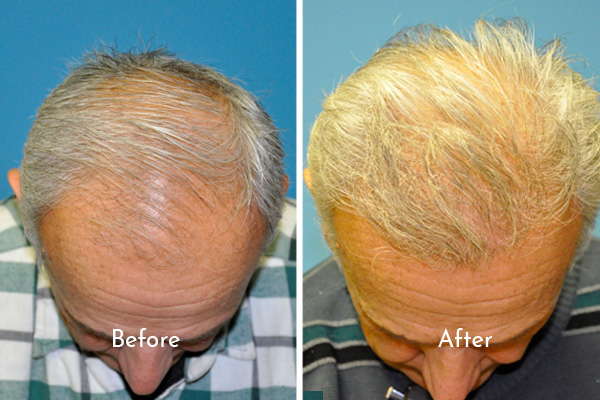
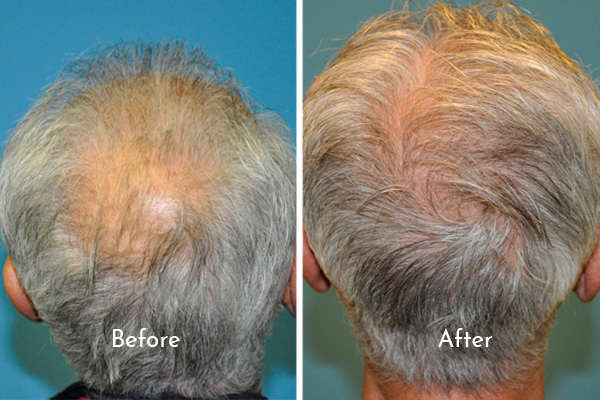
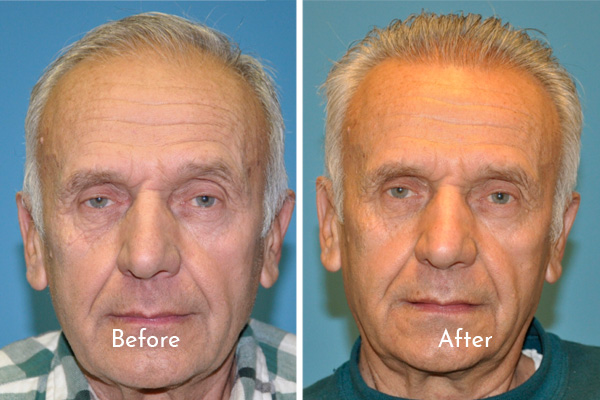
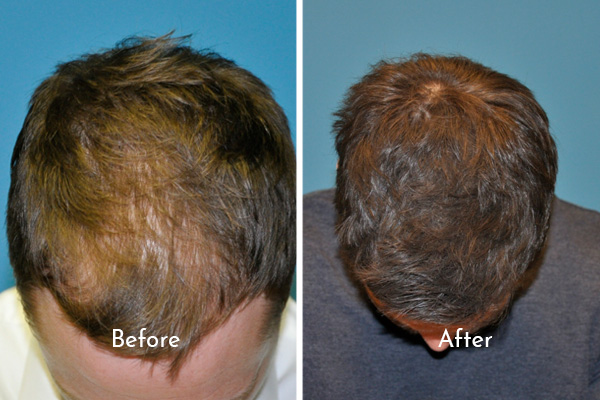

Understanding Female Hair Loss: Varied Causes and Patterns
At least one in five women will experience significant hair loss, with a diverse range of underlying causes. Unlike male hair loss, the precise role of androgens in female hair loss is not fully understood. Interestingly, the aromatase enzyme, which converts testosterone to estradiol in women, appears to be implicated, as aromatase inhibitors seem to increase female pattern alopecia.
Female-pattern hair loss presents differently than in men. It often involves a general thinning of the hair, while the frontal hairline typically remains intact. The degree of hair loss in women is commonly diagnosed using the Ludwig classification scale. This type of hair loss usually begins either in the late 20s or around the 50s and can have a profound impact on a woman’s self-esteem and emotional well-being.
Women are also at a higher risk for telogen effluvium, a condition characterized by widespread temporary hair shedding. This can be triggered by various medical conditions, such as:
- Iron deficiency
- Thyroid disease
- Significant stress
- Childbirth
- Certain medications
It is essential to establish a proper diagnosis before proceeding with any hair loss treatment for women, as addressing the underlying medical condition can often resolve the hair shedding.
Reviews for Barr Aesthetics
Trustindex verifies that the original source of the review is Google. Go to Lucy Barr! Trust me you won’t regret it! Best decision I’ve made in my whole life was trusting her with this procedure !! Elle is so sweet and amazing too makes me feel safe and welcomed :)Trustindex verifies that the original source of the review is Google. I like a bit more volume to my lips and Alexis does a perfect job of achieving just the right amount. They always look fuller but still completely natural never overdone. I couldn’t be happier with the results!:)Trustindex verifies that the original source of the review is Google. The staff is so kind here. I went into the office looking for a specific product, and three staff members helped me find exactly what I was looking for.Trustindex verifies that the original source of the review is Google. Dr. Barr has always been great at listening to my concerns and finding the right treatment plan for my specific needs. I have been with her for 15 years, so she has helped me with the changes that we all face as we age. Elle is amazing and always makes my visits exciting and special. The whole staff greets you with a smile and are ready to help with any of your needs.Trustindex verifies that the original source of the review is Google. I have been visiting Susan once a month and it is an exceptional experience every time! Susan is a true artist. She takes the time to understand my skin type and concerns, providing recommendations that make all the difference. Every visit and treatment is heavenly. Not only do I leave with glowing skin, but I also feel rejuvenated and pampered after every visit. I highly recommend Susan to anyone looking for top-notch skincare services. I can't wait for my next appointment! Thank you Susan!!!!!Trustindex verifies that the original source of the review is Google. Chase is the best! He just takes care of me and I absolutely love how natural I look.Trustindex verifies that the original source of the review is Google. Chase is always incredible! I have been seeing him for over a year now, and he’s a miracle worker. My lips and face have never looked so good! I’m always nervous to have lips done since sometimes it can look like overkill. Chase has a way of accentuating while still retaining a natural look. I am so glad I found him!Trustindex verifies that the original source of the review is Google. I’m a big fan of Barr Aesthetics and it’s because of Chase. Our appointments are professional and fun. He’s helped me with a short and long term plan to look my best.Trustindex verifies that the original source of the review is Google. Chase is an artist and magician! I not only look forward to my appts because they are painless, collaborative, and he makes me look my best self but he's also great to hang out with. If you are looking for a highly experienced injectionist you have found him.
Personalized Hair Restoration Treatment Options
At Barr Aesthetics, Dr. Barr develops a highly individualized treatment plan for each patient. This plan is carefully crafted based on a thorough assessment of your:
- Extent of hair loss
- Age
- Family history
- Personal aesthetic goals
Our comprehensive approach includes both non-surgical and surgical options, tailored to achieve the best possible results for your unique situation.
Non Surgical Treatment Options
For many patients, non-surgical interventions can effectively slow hair loss, stabilize existing hair, and even promote new growth.
Medical Treatments for Hair Restoration:
- Minoxidil (Rogaine): An FDA-approved topical solution available in 2% (for women) and 5% (for men) formulations. It works by stabilizing hair follicles and is often recommended for nightly application.
- Finasteride (Propecia): An FDA-approved oral medication primarily for men. It blocks the conversion of testosterone to DHT, stabilizing hair follicles susceptible to DHT and potentially promoting regrowth of miniaturized hairs.
- Other Medications: While not specifically FDA-approved for hair loss, medications such as spironolactone (for women) and ketoconazole (topical) may also be effective in certain cases. Dr. Barr will recommend their use if deemed appropriate for your specific condition.
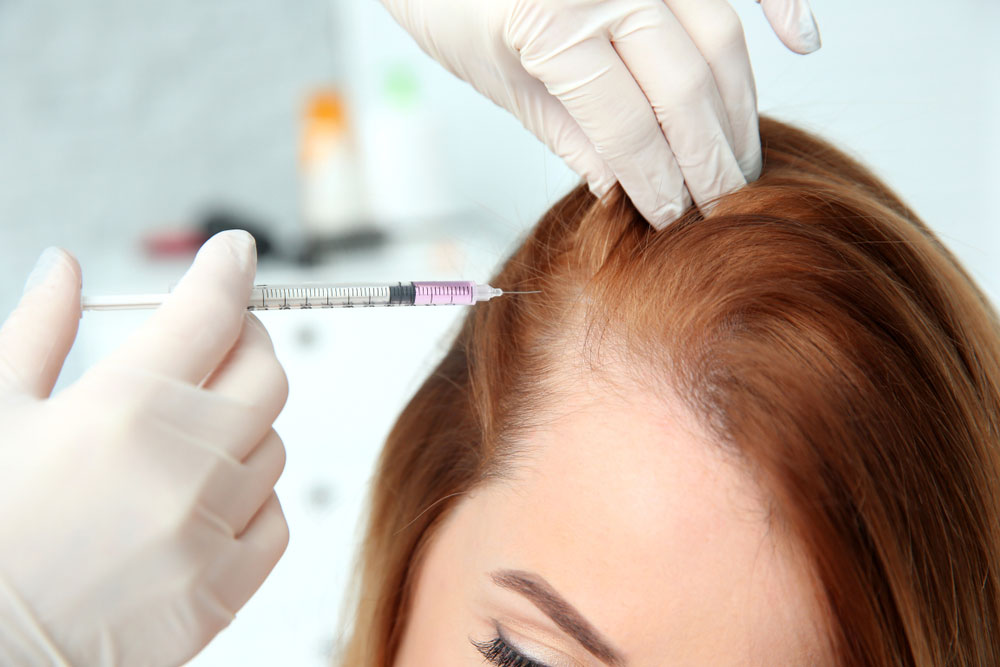
Vitamins, Supplements, and Other Products:
Many products are marketed for hair regrowth. However, due to a lack of robust scientific support, we do not routinely recommend them. Dr. Barr can discuss these products further during your consultation if you have questions.
Low-Level Light Therapy (LLLT) Devices:
Devices like the Hairmax Lasercomb have received FDA clearance for hair growth. While promising, more studies are continually being conducted to fully understand the role of LLLT in comprehensive hair loss treatment.
Surgical Treatment Options
For more advanced hair loss, or when non-surgical options are insufficient, surgical hair transplantation offers a permanent solution to restore a natural-looking hairline and density. These procedures are performed in our office under local anesthesia by our expert team. The duration of surgery varies depending on the number of grafts transplanted.
- Often referred to as the “strip technique,” FUT involves carefully harvesting a narrow strip of scalp from the back of your head, where hair follicles are genetically resistant to hair loss.
- Individual follicular units (natural groupings of 1-4 hairs) are meticulously isolated from this strip under high magnification.
- These unaffected follicles are then expertly transplanted into the areas of the scalp experiencing hair loss, ensuring a natural growth pattern.
- A narrow linear scar will remain at the donor site, which is easily camouflaged by surrounding hair, provided you don’t wear your hair extremely short (“high and tight”).
- FUE is a highly advanced technique where individual hair follicles are directly harvested one by one from the back and sides of the scalp using a specialized micro-punch tool.
- Dr. Barr utilizes the advanced powered S.A.F.E. scribe system for efficient and precise extraction of healthy individual follicles.
- These individually harvested follicles are then meticulously implanted into the desired recipient areas, typically the frontal hairline and top of the scalp.
- This technique is ideal for men who prefer to wear their hair very short on the back and sides, as it does not create a linear scar. The scattered individual harvest scars are less than 1mm and are virtually undetectable, even with extremely short hair.
Eye Brow Restoration
This surgical procedure is designed to permanently restore hair to eyebrows that are too thin, scarred, or completely missing. The ideal brow shape is meticulously designed, and individual hair follicles harvested from the scalp are carefully inserted into the created brow area to achieve a natural and balanced look.

Hair Transplant for Scar Camouflage
Loss of hair-bearing tissue in the head and neck area can result from various factors such as surgery, trauma, burns, tumors, or infection. The resulting defects can be cosmetically disfiguring. Dr. Barr expertly utilizes hair grafting from your scalp to help camouflage these scars, restoring a more natural and aesthetically pleasing appearance. Dr. Barr has even published an article on the use of hair grafting in scar camouflage in the prestigious Facial Plastic Surgery Clinics of North America.

Recovery and Post-Procedure Care
Following your hair transplant surgery, you will be able to go home immediately. We recommend planning to take it easy for a couple of weeks to facilitate optimal healing. Dr. Barr will provide you with detailed post-operative instructions for caring for your newly transplanted grafts.
- Initial Healing: Small scabs will form around the transplanted grafts, which typically fall off within approximately two weeks.
- Temporary Shedding: It is common for the transplanted hair, and sometimes some surrounding hair, to temporarily shed within the first few weeks after the procedure. This is a normal part of the process and indicates that the follicles are entering a resting phase before new growth begins.
- New Growth: You will begin to see noticeable new hair growth around six months after your surgery.
- Continued Growth: Hair will then continue to grow at a natural rate of approximately half an inch per month.
- Follow-Up Care: Dr. Barr will schedule regular follow-up appointments with you throughout the year following your surgery to monitor your progress and ensure optimal results.
Dr. Barr will customize the number of grafts recommended for your procedure based on your specific scalp hair loss pattern, family history, and desired outcome.
